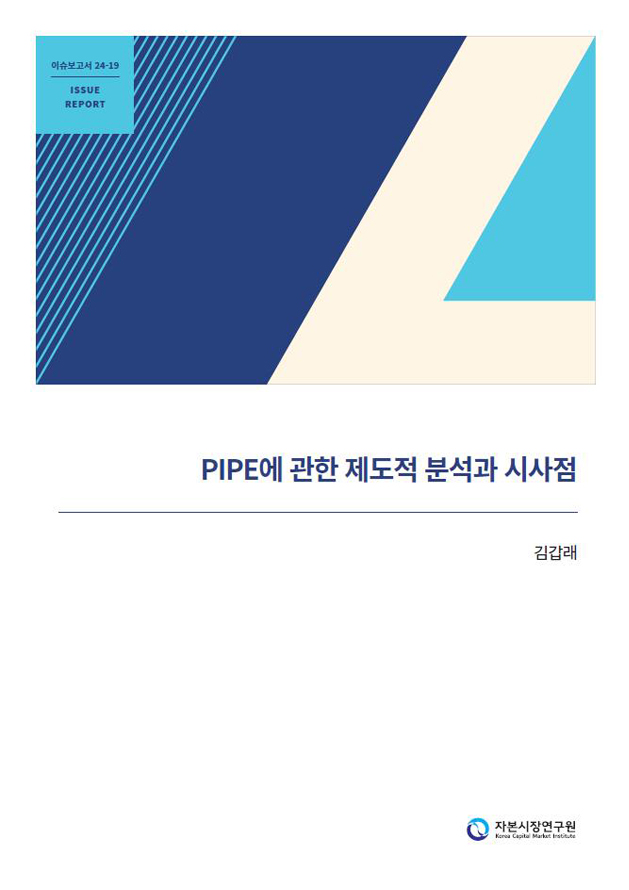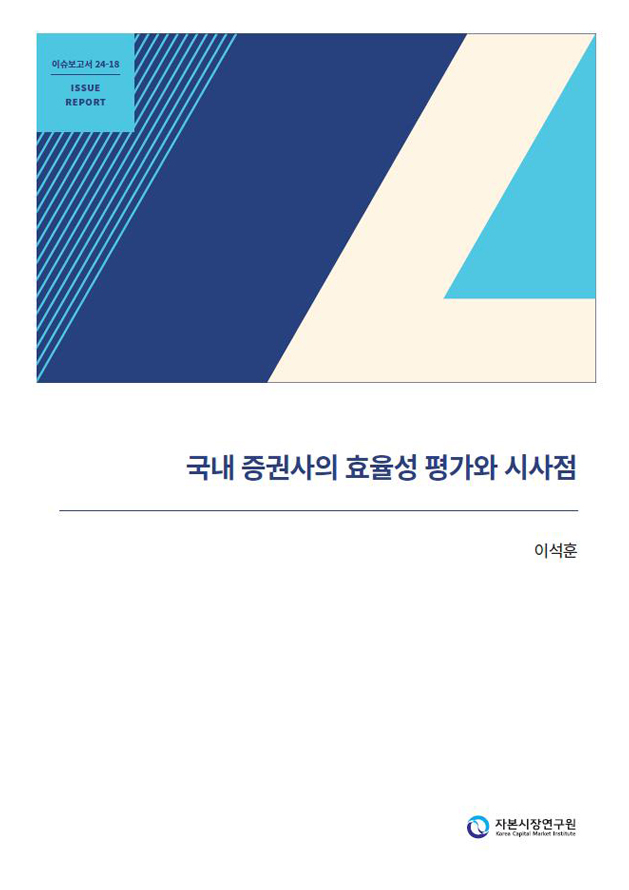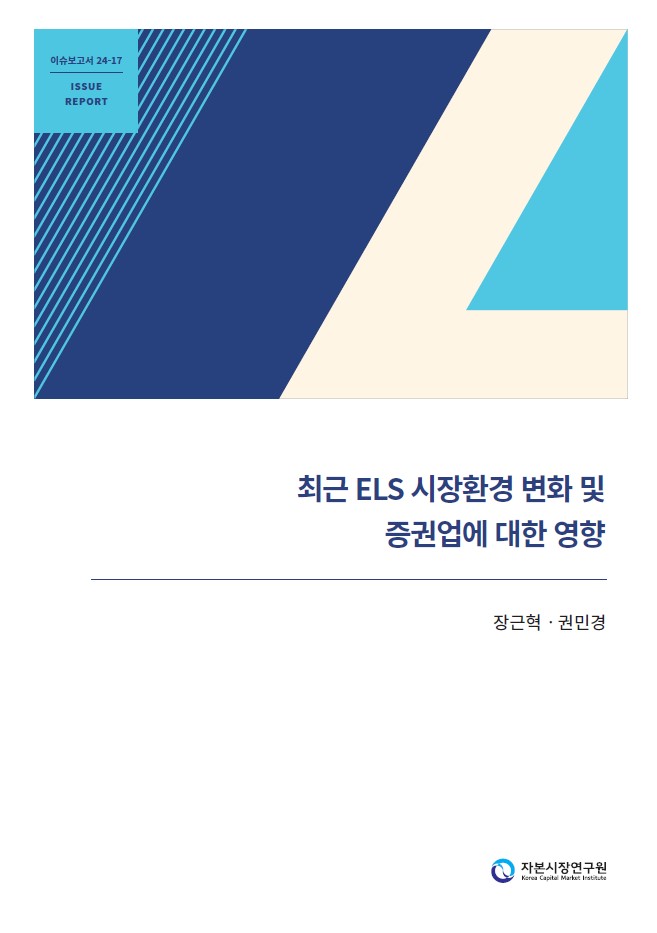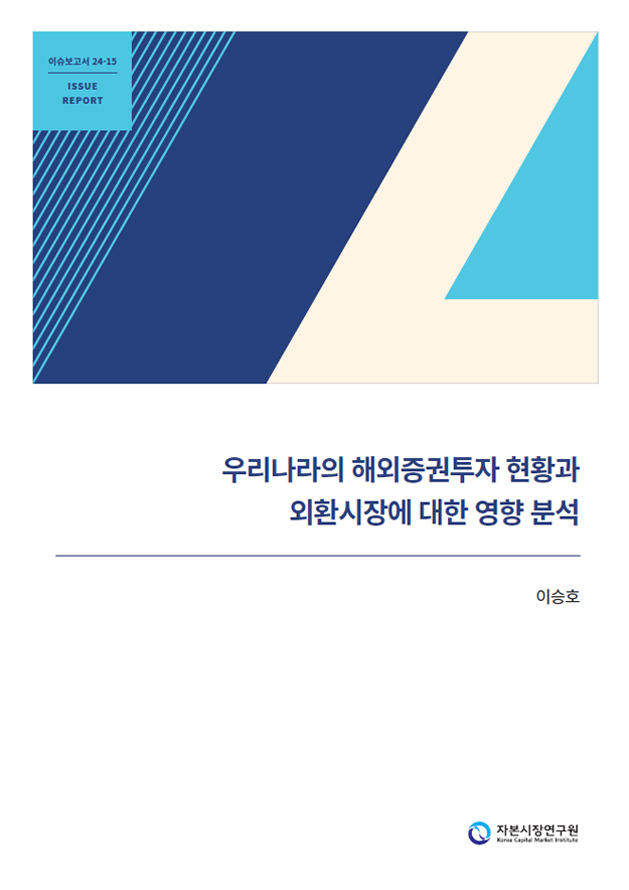Based on timely analysis on topics related to current issues that are of importance to economics and
finance, our Survey Paper puts forward the implications as well as policy alternatives.
74 Results

Private Investment in Public Equity (PIPE) refers to the private placement of securities by publicly traded companies to accredited institutional investors. The key investment risks associated with PIPE transactions include counterparty risk, market ...

Amid shifts in the capital market environment and evolving industry policies, the securities industry has undergone rapid structural changes throughout the 2010s. In particular, the expansion of investment banking and proprietary trading has increase...

In the prolonged low interest rate environment following the 2008 financial crisis, equity-linked securities (ELS) gained popularity among investors due to their higher returns compared to traditional deposits. As the ELS market expanded rapidly, ban...

This article examines the status and characteristics of Korea’s outbound securities investment, which has expanded over the past 15 years, with a focus on investor types and investment structures. Considering the foreign exchange hedging charac...